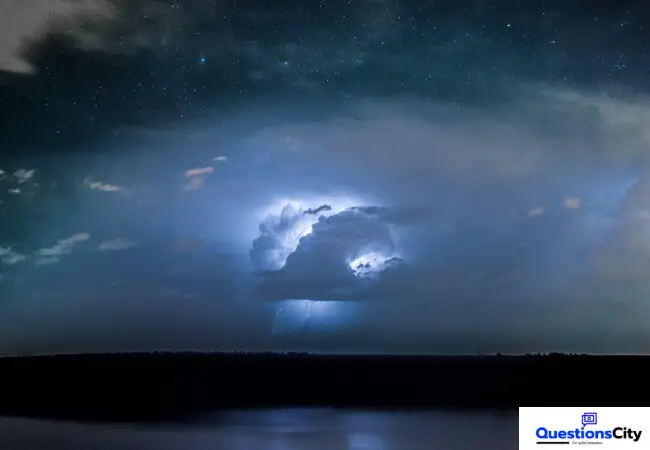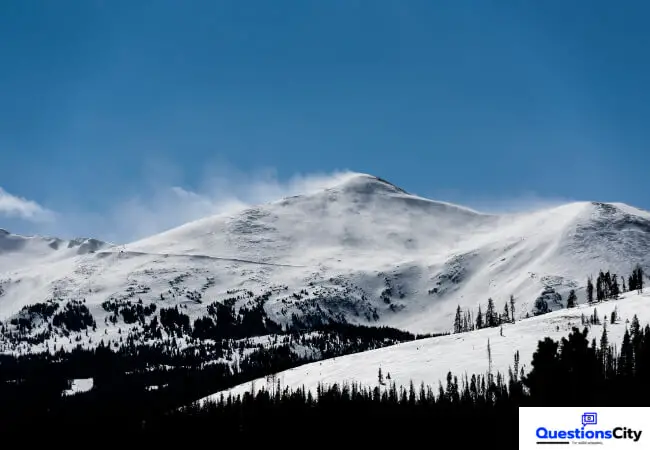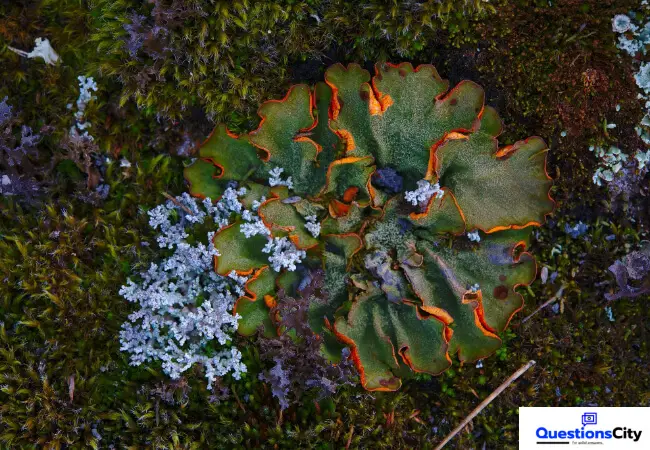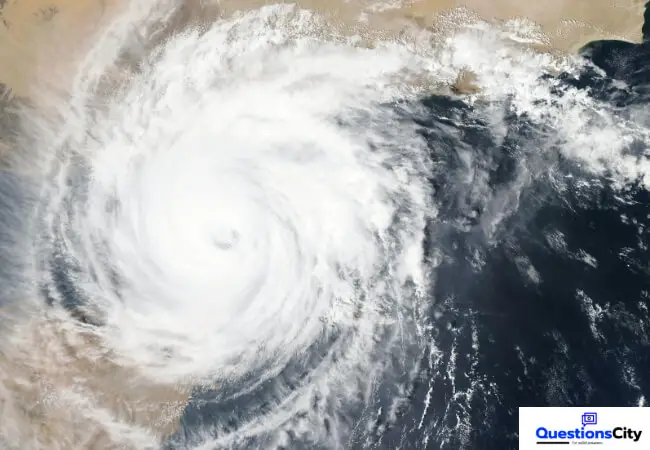Last Updated on August 1, 2021 by
Deserts have come to symbolize for us places of extreme heat. The fact is, most of the famous deserts of the world are places where the thermo- meter goes bubbling away and where the sun beats down without mercy.
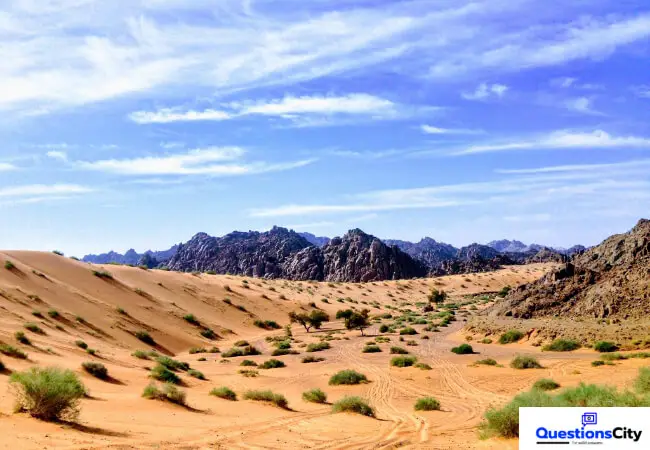
But this does not mean that a desert must be a place where it is always hot. Let us get a definition of a desert and we will see why this is so. A desert is a region where only special forms of life can exist because there is a shortage of moisture.
In a “hot” desert, there simply is not enough rainfall. So the definition holds true. But suppose there is a region where all water is frozen solid and cannot be used by plants. This satisfies the definition, too. Only it would make this a “cold” desert.
Did you know, for example, that much of the Arctic is really a desert? There are less than 40 centimeters of rainfall a year, and most of the water is frozen. So it is properly called a desert. The great Gobi Desert in the middle of Asia is bitterly cold in the wintertime.
Most of the dry, hot deserts with which we are familiar are found in two belts around the world, just north and south of the Equator. They are caused by high atmospheric pressures that exist in those areas and prevent rain from falling. Other deserts, which are found farther away from the Equator, are the result of being in “the rain shadow”. This is the name for an effect that is caused by mountain barriers that catch rainfall on their seaward side and leave the interior region dry.
No great rivers originate in deserts. But a river may rise in moister areas and cross great deserts on its way to the sea. The Nile, for example, flows through the desert region of the Sahara and the Colorado River flows through a desert, too.
What Are The 4 Types Of Deserts?
The four main types of desert include hot and dry deserts, semi-arid deserts, coastal deserts, and cold deserts
Is the desert Hot or cold?
The desert is often referred to as a hot, dry environment. One of the reasons for this is the fact that it receives a lot of suns. However, this is not always the case. The desert can also experience a lot of rainfall. This is because the sun heats up the air in the desert, causing it to rise and then cool off, as it moves to another area of the planet. This is known as convection and is the process that causes the environment to become cooler.
What is world’s largest desert?
Ask someone the question: “What is the world’s largest desert?” The answer, of course, will be something like: “The Gobi Desert, a vast area of land, twice the size of Texas, on China’s border with Mongolia.” While this answer may be technically correct, it’s not the full picture. In fact, there are other desserts that would qualify as the world’s largest if they were included. The main problem is that deserts aren’t evenly distributed across the world; there are plenty of desert “islands” that don’t fall into any of the big categories.
What are the 4 types of deserts?
There are four different types of deserts, according to a Yale University study. They are: hot (like the American southwest and Mexico), mild (like the Mediterranean and the Middle East), cool (like the Indian subcontinent), and extremely cool (like the Rocky Mountains).
What are the 3 largest deserts?
Deserts are considered to be the driest places on the planet. They are also the harshest environments, with strong daytime heat and sometimes cold nights. Deserts are normally not found on the continent where they are, and it’s not uncommon for them to cover more than one country. The world’s three largest deserts are, in order, the Sahara Desert, the Gobi Desert, and the Taklamakan Desert. All three of them are found in Asia.


